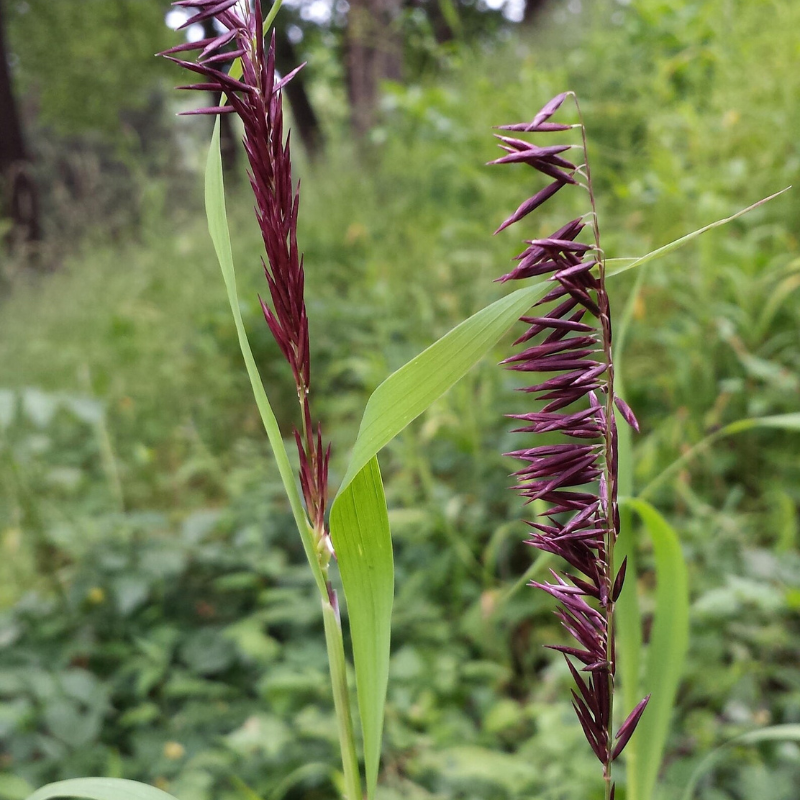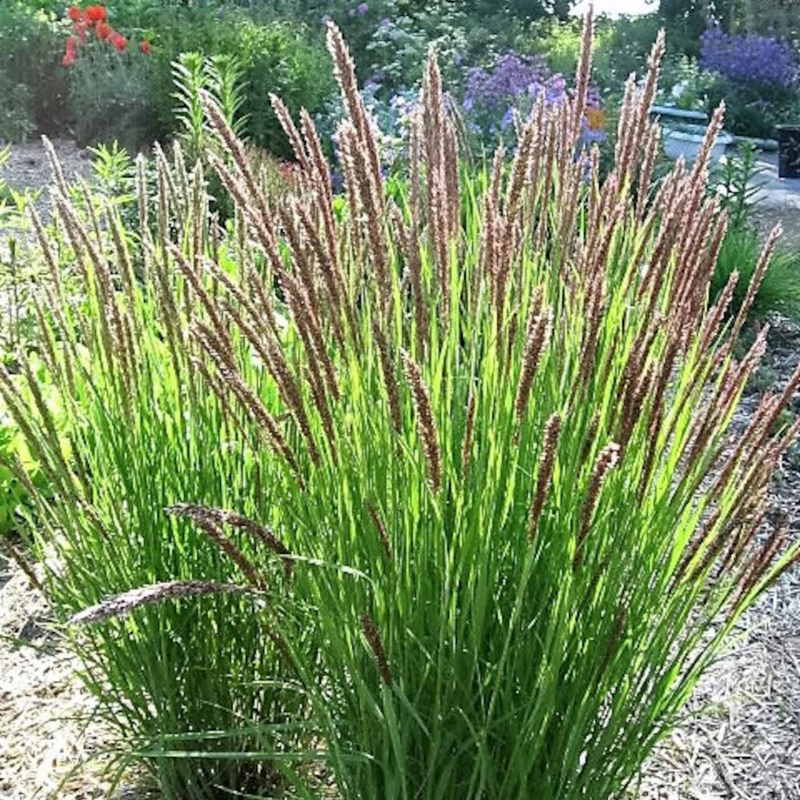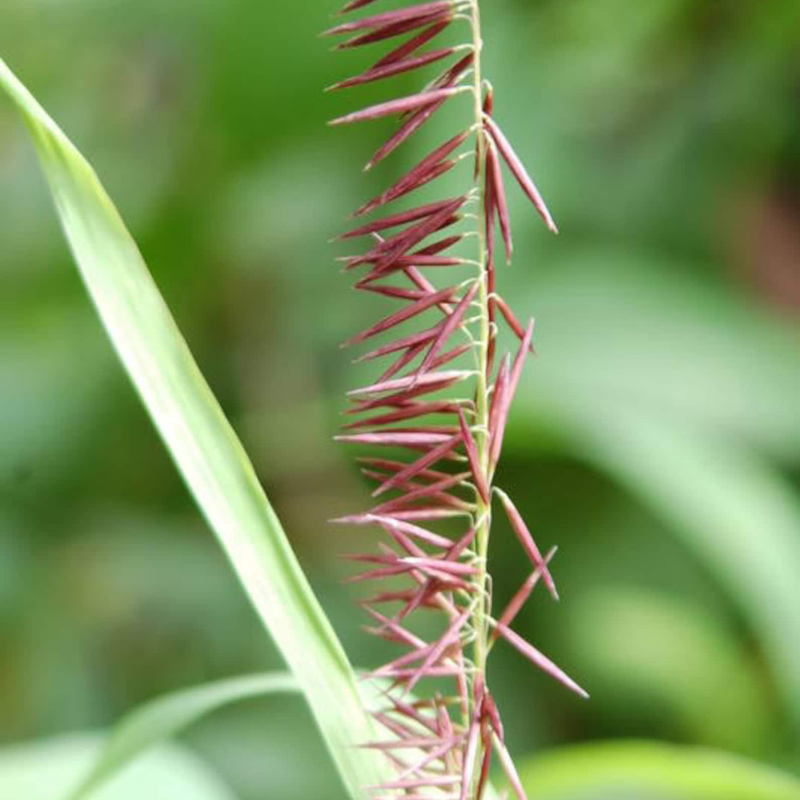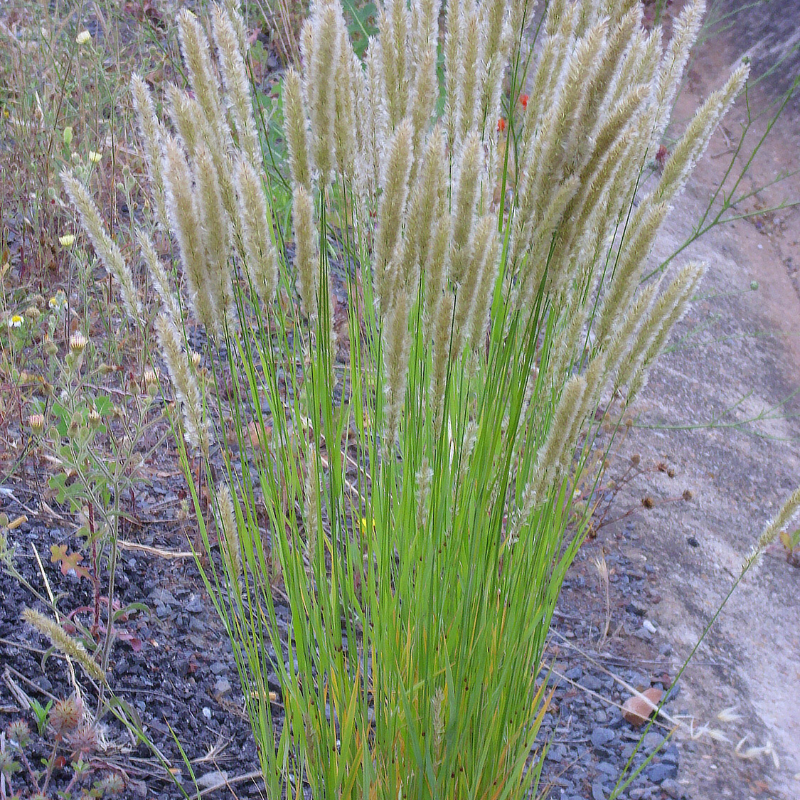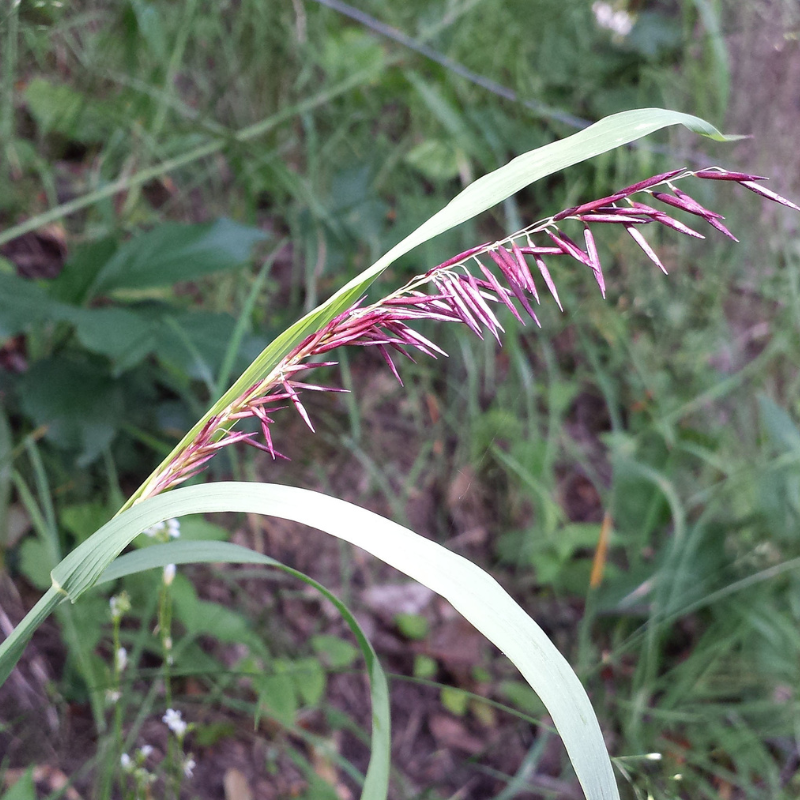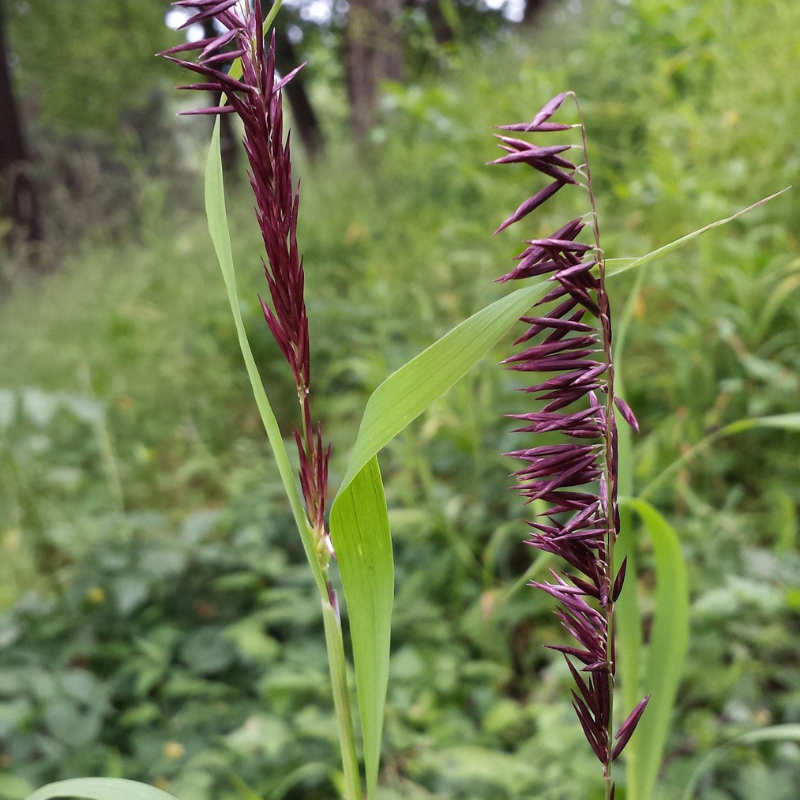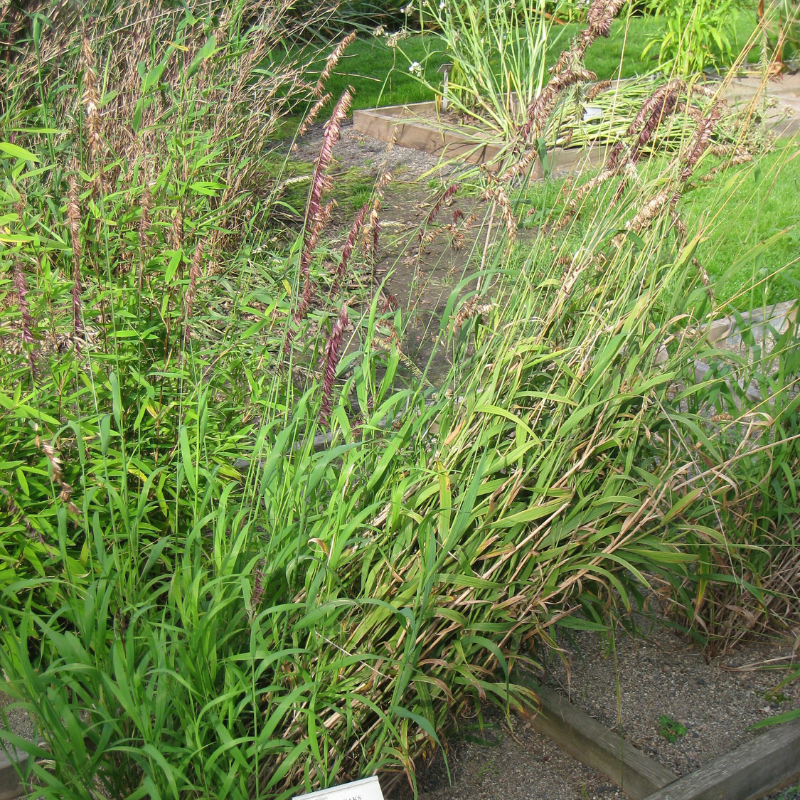- Historical context: Spire Melic Grass, scientifically known as Melica ciliata, is a species of grass that belongs to the Poaceae family. It is also known as Hairy Melic.
- Geographical origination: This grass species is native to Europe, particularly in the western and southern regions. It has also been found in parts of Asia and North Africa.
- Relevant cultural significance: In many cultures, this grass species has been used for its ornamental value in landscaping and garden design due to its attractive foliage and seed heads.
- Time period of discovery: The exact time period of its discovery is not well-documented, but it has been known and used in Europe for centuries.
- Original habitat: Spire Melic Grass typically grows in woodlands, meadows, and grasslands.
- Notable historical uses: Historically, it has been used for its ornamental value and sometimes as a fodder crop.
- Ideal temperature range: Spire Melic Grass prefers a temperate climate and can tolerate a wide range of temperatures.
- Soil type: It grows best in well-drained, loamy or sandy soil with a neutral to slightly acidic pH.
- Sunlight requirements: This grass species prefers full sun to partial shade.
- Watering needs: It requires moderate watering, but can tolerate periods of drought once established.
- Planting season: The best time to plant Spire Melic Grass seeds is in the spring.
- Germination time: The seeds typically germinate within 2 to 3 weeks.
- Growth cycle duration: This is a perennial grass, meaning it can live for more than two years and typically flowers and seeds from June to August.
- Common pests and diseases: Spire Melic Grass is generally resistant to most pests and diseases, but can occasionally be affected by common grass diseases like rust.
- Companion planting advice: It can be planted alongside other perennial plants and grasses that have similar sunlight and watering needs.
- Common challenges and solutions: One common challenge is ensuring the soil is well-drained to prevent waterlogging. This can be addressed by adding organic matter to improve soil structure.
- Nutritional values: As a grass species, it is not typically consumed by humans and therefore does not have notable nutritional value for human consumption.
- Health benefits: There are no known health benefits of Spire Melic Grass for humans as it is not typically consumed.
- Culinary uses: Spire Melic Grass is not used in culinary applications.
- Medicinal uses: There are no known medicinal uses of this grass species.
- Other unique advantages: The primary advantage of Spire Melic Grass is its ornamental value. It adds texture and interest to gardens and landscapes, and its seed heads can be used in floral arrangements.
